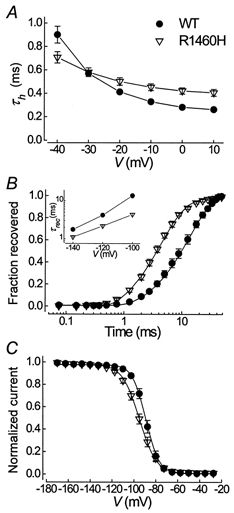Figure 2. Parameters of fast inactivation.

A, voltage dependence of the inactivation time constant, τh. Values at 0 mV were 0.28 ± 0.01 for WT vs. 0.42 ± 0.03 ms for R1460H; n = 8, 14; P < 0.001. B, recovery from inactivation at -100 mV. Lines are fits to a first order exponential function with recovery time constants (τrec) of 13.7 ± 1.9 vs. 4.4 ± 0.3 ms; n = 7, 11; P < 0.001; and an initial delay of 1.0 ± 0.1 vs. 0.59 ± 0.04 ms, P < 0.001, for WT and R1460H, respectively. The inset shows the voltage dependence of τrec, n = 4-11. C, steady-state inactivation was determined using 300 ms prepulses to the potentials indicated, followed by a short test pulse to -20 mV. Lines are fits to a standard Boltzmann function: I/Imax= 1/(1 + exp[(V–V0.5)/kV]), where V0.5 is the voltage of half-maximal inactivation and kV is a slope factor. V0.5 was -89.0 ± 1.4 vs. -96.0 ± 1.6 mV; n = 7, 16; P < 0.02; kV was 5.5 ± 0.3 vs. 7.2 ± 0.2 mV, P < 0.001, for WT and R1460H, respectively.
